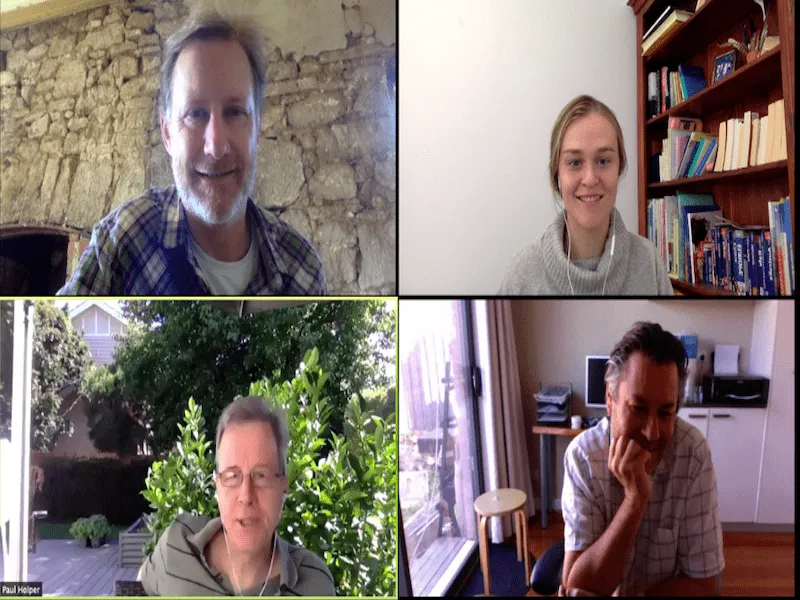Webinar workshop wisdom

With COVID-19 leading to an increased use of webinars in place of face-to-face workshops, we’ve compiled a summary of our findings, recommendations and tips for using this technology.
While being less engaging than meeting in person, if run well a webinar can take less time and can actually produce more information than a workshop.
Scientell’s recommendations
- Ensure that the facilitator is experienced in the operation of the webinar tool.
- Run a dress rehearsal for the main participants/speakers to ensure all are familiar with the webinar tool.
- Send invitations clearly stating the webinar objectives. Include the dial-in details, an agenda and request RSVPs. Be clear about whether or not invitation recipients can send the dial-in details to others.
- Ensure consultation webinars run for no more than three hours and involve fewer than 30 people.
- In welcoming participants, the facilitator should explain the technical features of the webinar tool, and provide instructions on what to do in the event of technology failure.
- All participants should be muted by the facilitator until they are speaking.
- Participants should be encouraged to have their video switched on to promote more interaction. They could consider using a virtual background if they have distractions in their real background.
- Facilitators and participants should update their webinar name to reflect their full name and affiliation in brackets.
- Participants should be informed if the webinar is to be recorded, or if participant names and agencies, screenshots or photographs are to be included in webinar reports, so that they can be given the opportunity to opt out.
- There should be a separate scribe, who takes notes of discussions, questions and answers and the contents of the chat.
- In the interest of transparency, you may wish to offer to send participants a copy of the workshop report or a high-level synthesis. Consider whether to accept revisions.
- In place of butchers paper for use in table groups, supply participants with a worksheet with questions to complete. This can be sent prior to the event so they can begin generating ideas if they choose.
- The worksheets can be completed individually, or the facilitator can use the webinar tool to create virtual break-out rooms for small groups to work on a worksheet.
- There should be an opportunity for individuals and/or small groups to re-join and discuss their ideas in plenary, and ask questions, before finalising the worksheets.
- The facilitator should request that worksheets are submitted as soon as possible after the completion of the webinar, otherwise you may never get them (while intended as a replacement for workshop butchers paper notes, an emailed document can be viewed as more formal and mistakenly believed to require a manager’s sign off).
- It should also be made clear – unless the intention is otherwise – that it is the opinion of individuals (who will not be subsequently identified) that is sought rather than a consolidated and approved agency viewpoint. Should the latter be required, we recommend a different consultation process.
- Don’t assume that participants will have read any supplied background information. To compensate for this, we recommend the agenda includes:
- welcome and introduction (facilitator)
- opening comments (host agency)
- presentation(s) involving shared screen that cover all required background information (host agency), including questions
- participant responses to consultation questions (no more than eight) on a worksheet distributed prior to the event
- general discussion on the questions; dividing this session into two or three questions at a time works well
- recap from the facilitator, including a request for completed worksheets ASAP, and feedback on the webinar process
- thank you and next steps (agency).
- Send a thank you email to all participants.
- Produce a workshop report(s) ASAP and supply to participants if required.
Tools such as Zoom include useful functions that can be considered, including collaborative annotation tools, co-hosting, a waiting room, break-out rooms, hand-raising icons, a chat function, and software usage reports that list attendees. Security risks associated with webinar tools need to be considered, and the facilitator needs to be prepared to quickly log out any ‘intruders’.
Date Posted:
April 14, 2020
